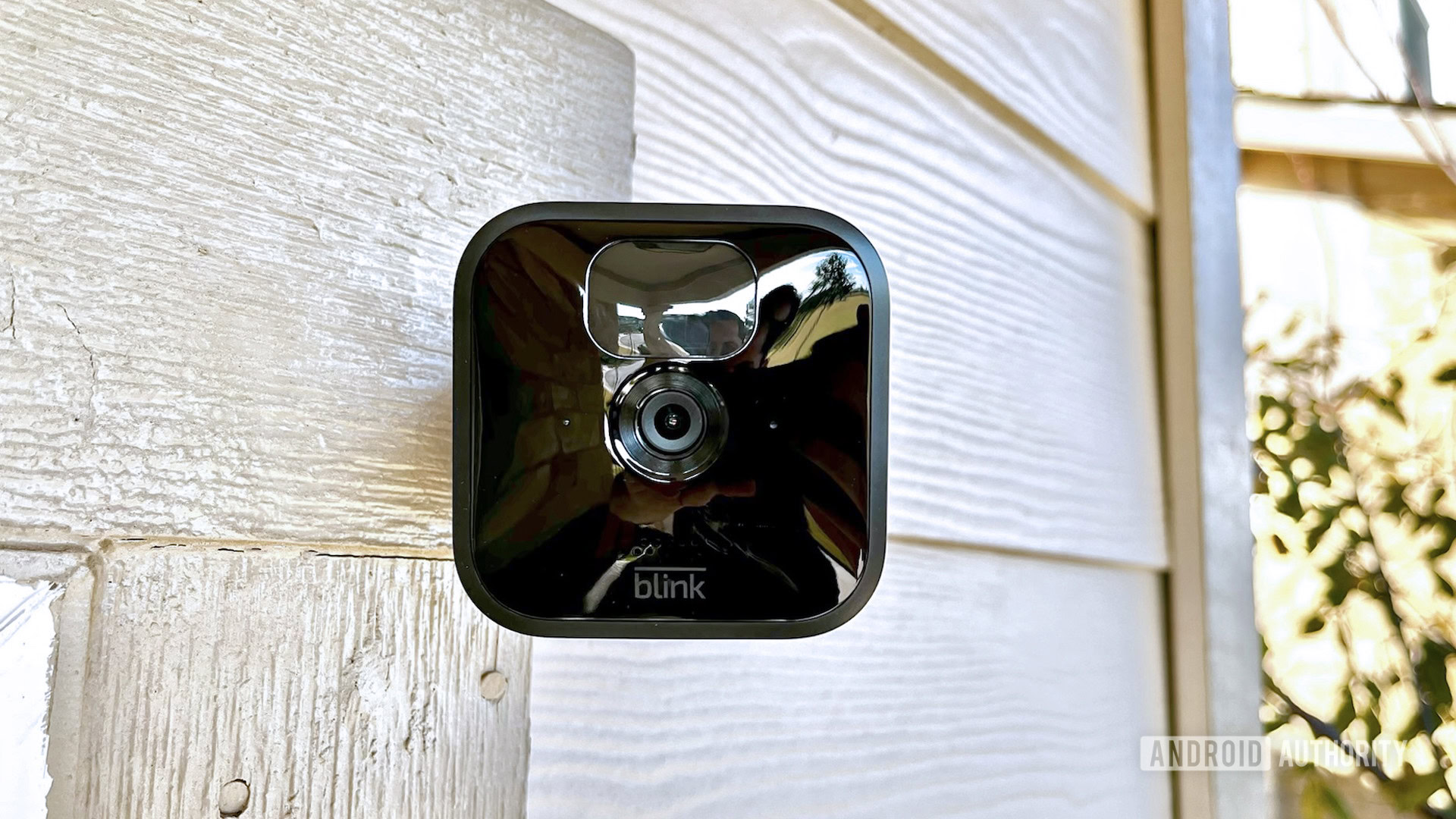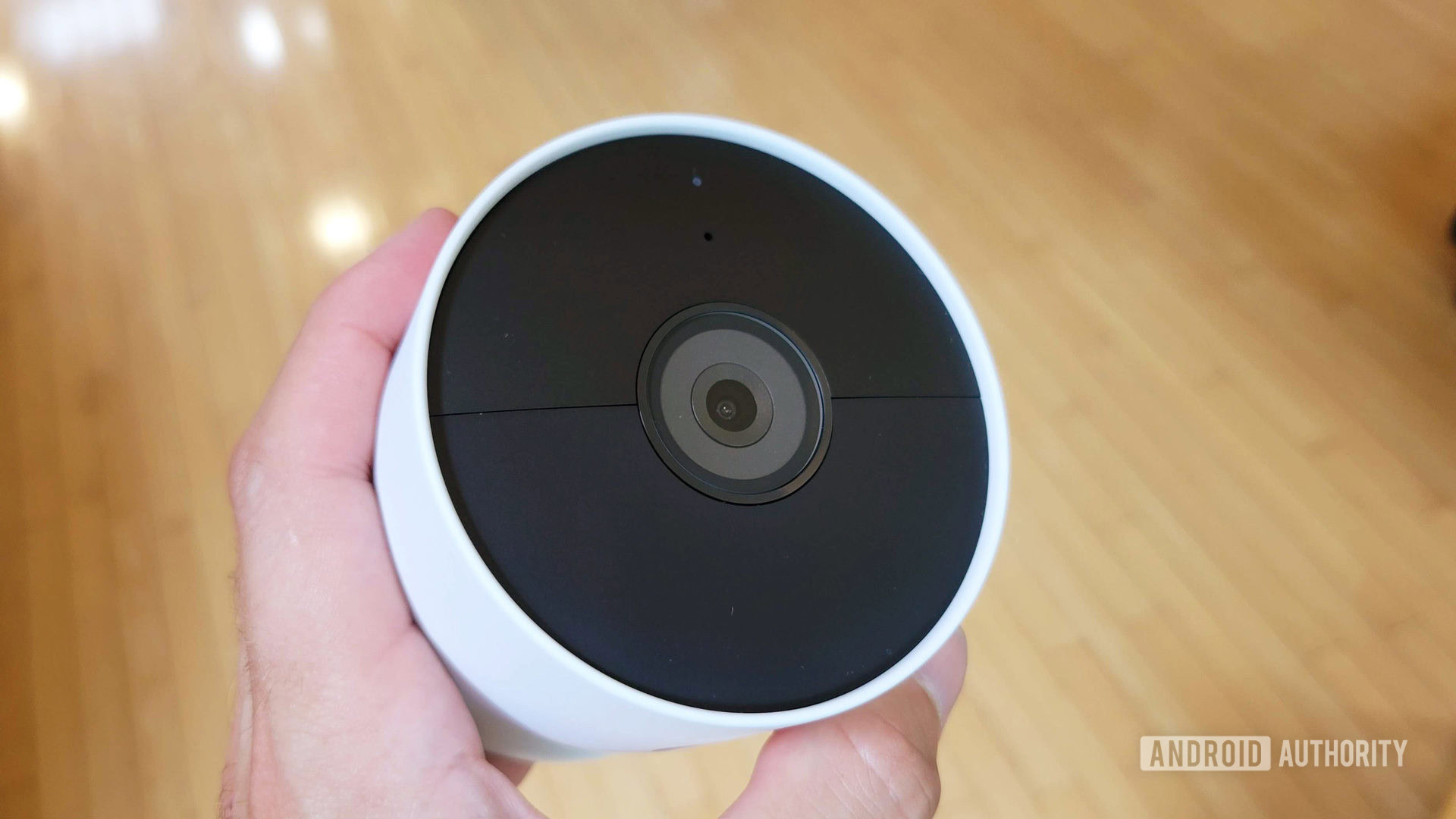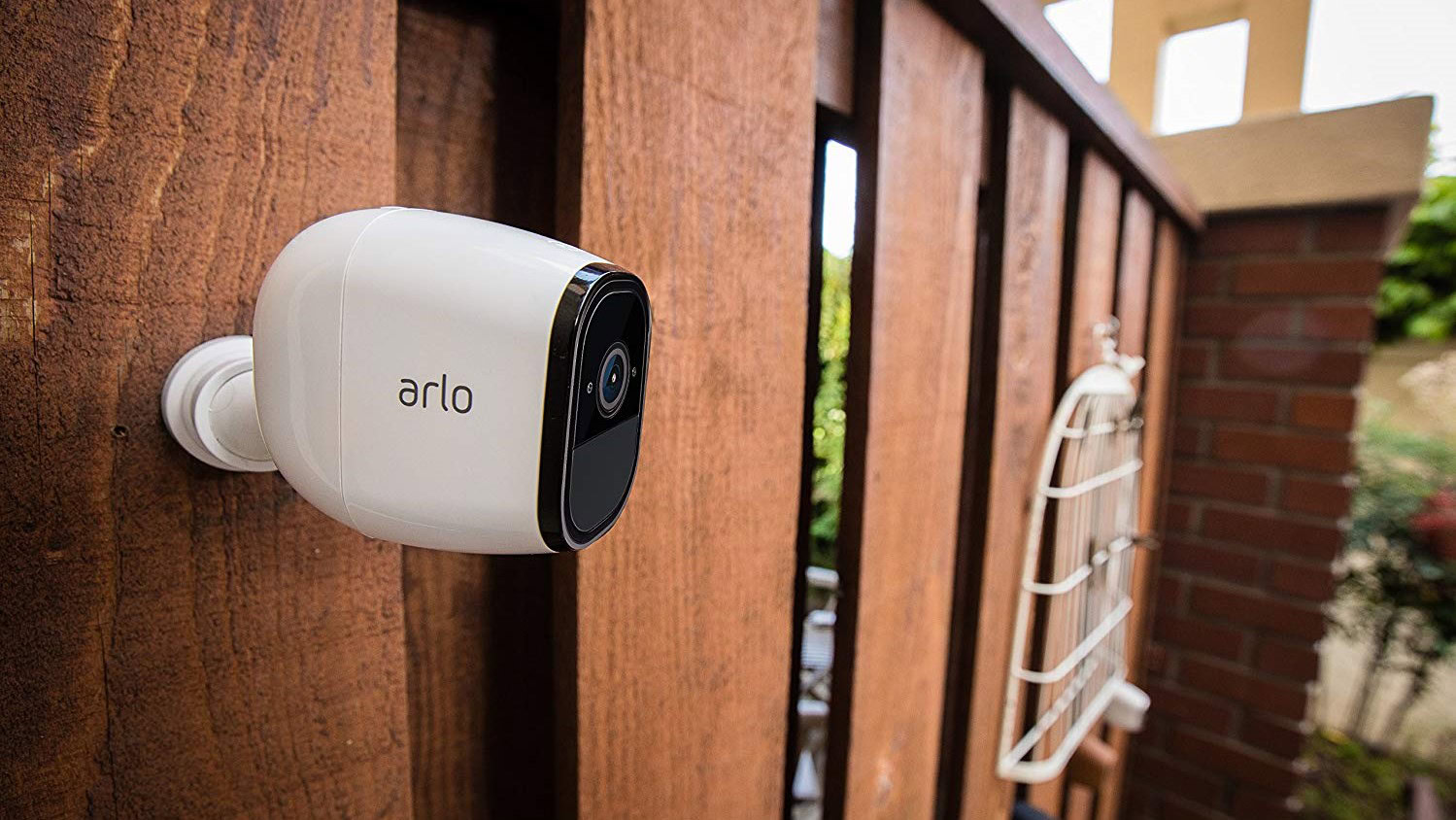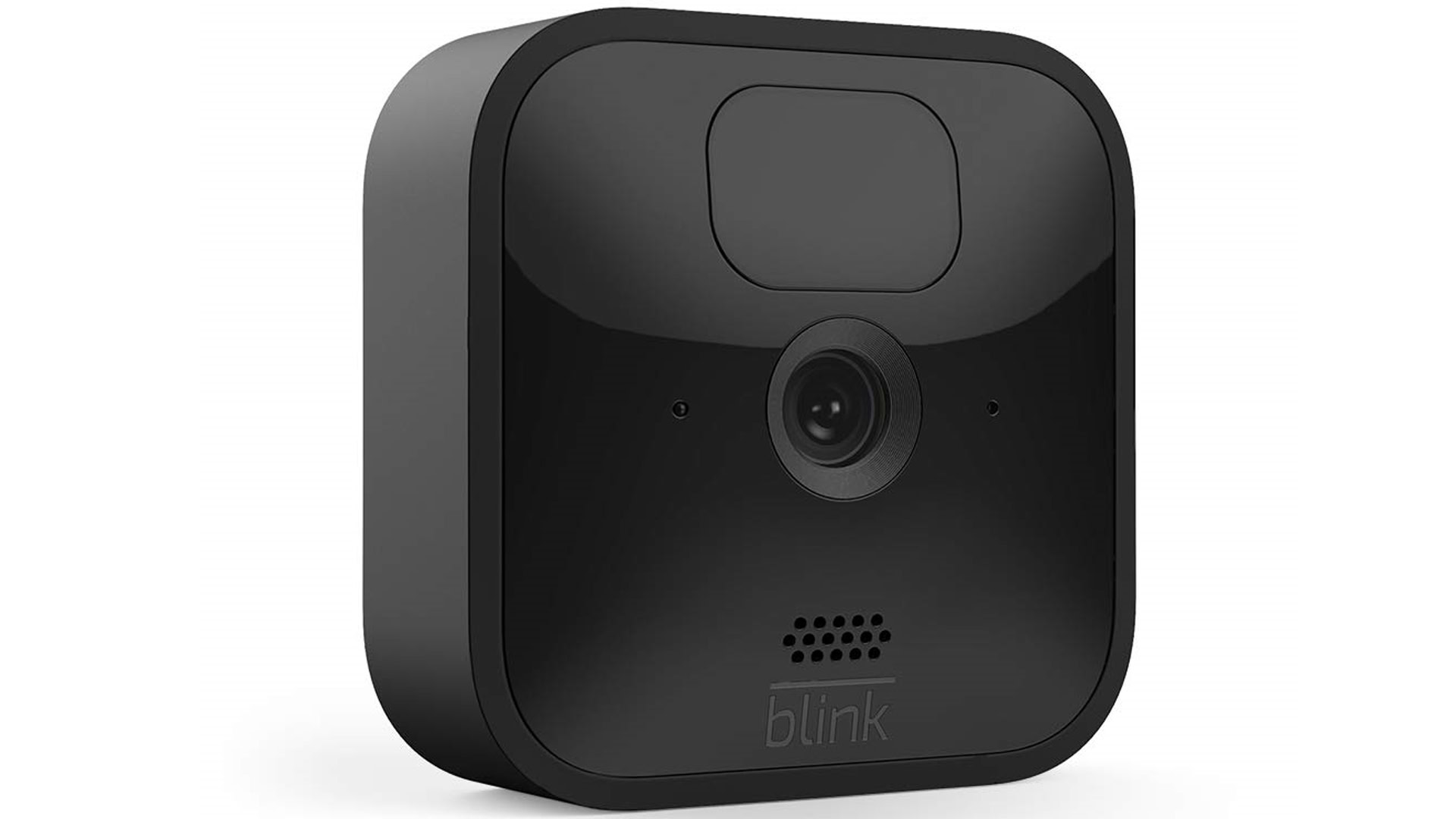Affiliate links on Android Authority may earn us a commission. Learn more.
I wish all smart security cameras had this one feature

Recently, I had the opportunity to review the Blink Outdoor, one of Amazon’s many smart security cameras. Without spoiling the rest of my thoughts, a standout feature was the “early notification” option found in the Blink app. This triggers alerts the instant motion is detected, at least within your sensitivity settings. The technology is so quick that if you’ve got a steady connection and you’re already looking at your phone, you can often catch seconds-long events while they’re still in progress.
This contrasts with most security cameras — whether from Ring, Nest, or others — which often take a few seconds to deliver a notification, much less open a livestream. The gap may be small, but it can mean all the difference in situations where it’s important to act fast, such as scaring away a thief or catching an accident before it happens. Security cameras are most valuable when they deter problems rather than just provide a record of them.
The gap may be small, but it can mean all the difference in situations where it’s important to act fast.
Hair-trigger notifications are not only rarer than they should be, but strangely undersold by Amazon/Blink. There’s no mention of early notifications in the company’s marketing, and even within the app, the option is labeled “beta.” How is this technology not the norm in smart security?
The issues holding notification speed back

Admittedly, there’s at least one obvious risk with faster notifications: battery drain. Frequent, rapid-fire alerts can burn through the batteries many cameras rely on. In a worst-case scenario, some people might gripe about having to recharge or replace their batteries every few months, leading to bad reviews, and/or customers drifting away to different camera brands. As much as people want speed, they sometimes crave convenience more.
The Blink Outdoor is somewhat “cheating” in that while the camera itself uses two AA batteries, it broadcasts to a hub plugged into an indoor AC outlet — many cameras use built-in Wi-Fi or 4G to communicate to the cloud, both of which are inherently more power-hungry. Still, if those AA batteries can last half of their estimated two years, it’s not unreasonable for other camera makers to keep up.
Another bottleneck Blink bypasses is object recognition. Many cameras can now identify people, pets, vehicles, and packages, which is helpful for prioritizing alerts. Nest devices go a step further with an Aware subscription, distinguishing friends from strangers. Object analysis demands extra processing time whether it’s handled on the device or via the cloud — and the cloud option is more common, making for additional delays caused by network traffic.
Admittedly, there’s at least one obvious risk with faster notifications: battery drain.
A final deterrent is the need to minimize false alarms. This is probably why Blink’s tech is still in beta — people would start to ignore alerts if many of them were useless, and the company is no doubt trying to temper expectations until it refines its algorithms. Indeed, I did occasionally get “empty” recordings during my tests, even with limited detection zones set in the Outdoor’s field of view. But those were few and far between, and can potentially happen with any camera, so once more there doesn’t seem to be an excuse for leaving early notifications by the wayside.
Security camera notifications can and should be quicker

For some people, a slight delay in notifications may be acceptable. They might feel like the odds are against having to react in a hurry, and they could be more concerned with battery life and the quality of alerts. That is they’d rather be told that a package was just delivered, or that it’s a person approaching the door instead of a bird, while ignoring everything else. And that’s perfectly understandable — when I’m heads-down in my writing, I try to tune out everything irrelevant on my phone.
Would you prefer the fastest camera notifications, or slower ones with improved reliability and object recognition?
I imagine, though, that if you put extreme scenarios in front of people — stopping someone from smashing your car window for example, or preventing your child from burning their hand on the stove — they would probably insist on better response times from their cameras. False alarms here and there would be a minor tradeoff.
Read more: The best smart home devices you can buy
The solution I think is to make some version of Blink’s early notifications option front and center in every camera app, even if it’s not on by default. If need be, makers could disable object recognition when this mode is active, but there’s a good chance on-device processing will be fast enough in the next few years to offer the best of both worlds.
